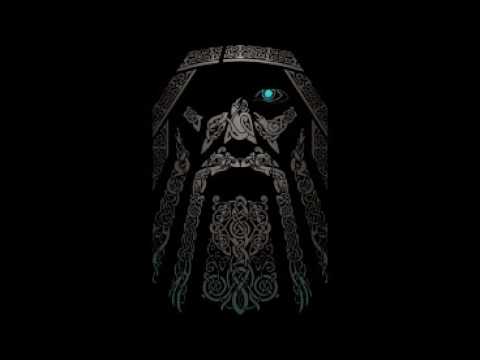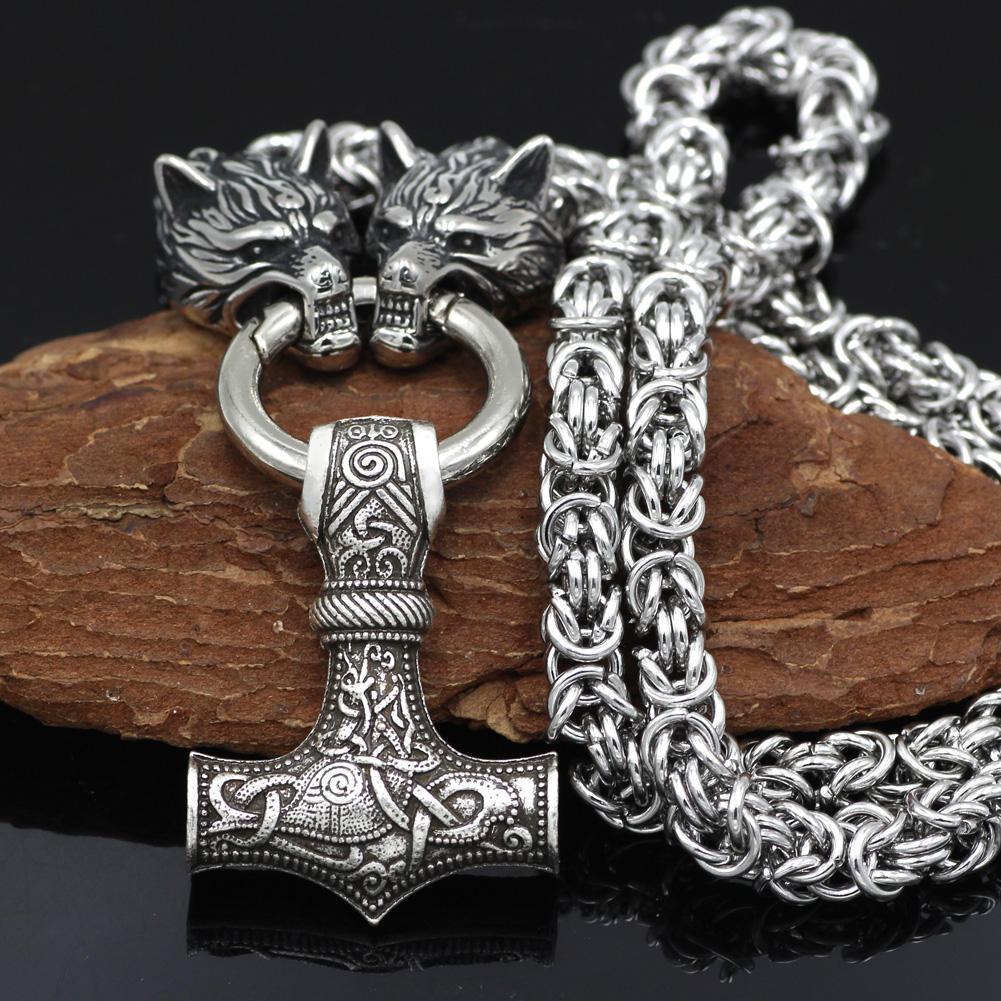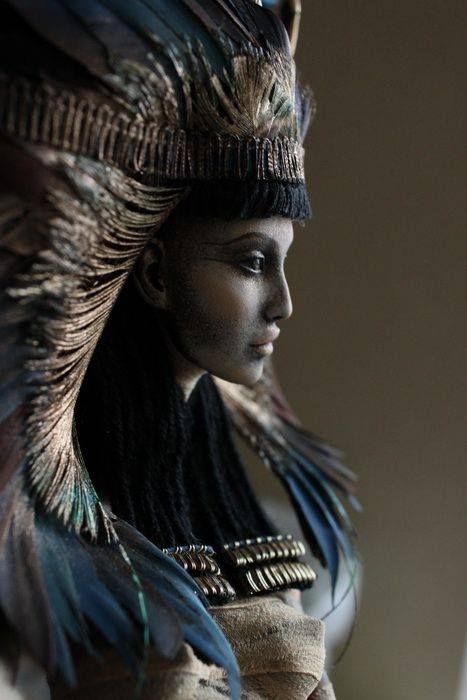Old World Beliefs; New World Order

Some of the Gods have been awake, and even active since their faiths fell into disorder and disrepair. Others are reawakening in a world that has only now just begun to remember them. Regardless of that, the world is not the same as it once was. The days of God's ruling from On High, directing hordes of priests and nations is over, and almost all of the Old Gods that walk the earth now are convinced that that time has passed. While some may yearn for a return to the halycon days of yore, msot are convinced that it is better to govern from the shadows, to be the unseen hand that shapes the world.
The first order of many deities is to reestablish a base of worship, to cultivate a collection of ever nurturing faith and belief that they can use to bolster their own powers. In many ways, Gods view faith in the same way that human beings view food. Without a steady food source, most divinities are anxious, stressed, easy to anger and bait, and easier to destroy.
Other divinities, those who have remained awake and active since the fall of their cults and faiths, adapted to the mortal world and have already done that. Now they are looking for ways to spread their faith, to cultivate and disseminate their messages. Some have chosen to ally with the New Gods, who promise a steady flow of faith, worship, and devotion, while others are focused exclusively on their own power and do not care to take sides in the coming conflict of Old Gods versus the New Gods.
Crisis of Faith
The expanded human population poses is both a boon and a hindrance to the Gods. On one hand, the sheer number - a staggering 7.8 billion human souls, not to mention the devout that comprise the supernatural population - affords a bevy of beings from which power can be drawn through worship. Conversely, the same number means that other Gods can gobble up a following of their own, diluting and dividing the masses among many.
However, one of the greatest struggles of old Gods returning to the modern world is the bastardization of the concepts that originally birthed them. As humans develop an understanding of the universe's mechanics, scientific principles, and natural cycles, becoming more educated and less unaware, some Gods have found it difficult to establish their base as easily as they once did. Instead, they have been required to thrive on fragments of their iconography.

For example, Thor who was once worshipped as the "God of Thunder" by the Vikings, lost considerable prestige and power with the advancement of Christianity and assimilation of the Vikings into nearby cultures. Since Thor's hayday, lighting and thunder have been studied so that we now know the cause and are no longer mystified by the phenomenon. Yet, the rise of superheros in comic books and entertainment, along with increased fascniation with Viking culture have brought about renewed life for the Norse God. Not entirely or even necessarily for the lighting he was first associated with, but also for his prowess as a warrior, the representation of his status as a god, the increased production of his hammer and similar symbols in jewelry, trinkets, clothing, etc.
Other examples of the evolution of morphing lore can also be found. Aphrodite, for whom the concept of love has seen transitions from mere fertility and survival to Medieval chivalry to Victorian romance to the casualness of modern day sex. Gwydion, a trickster god for whom depraved and calculated pranks have become stupid internet challenges. The clear depiction of Pluto's underworld is now a conglomeration of varying beliefs so that his is the ending moment rather than the afterlife. Sun gods who we know do not carry the burning ball across the sky each day, but are still revered for the aspects of light, heat, summer, crops and growth, etc.

Against the Void
One of the things that unites the Old and New Gods is their shared repugnance for the Elder Gods. The Gods themselves reflect and represent the worship of humanity, and harness humanity's faith to shape the world according to their needs and desires. The Elder Gods, the Voidspawn, represent the end of all things. The Void promises to devour everything god, human, or otherwise.
This shared repugnance may or may not translate into a sort of armistice between the Gods, as they focus to counter the Voidspawn's efforts to usher in the end of all things. More than likely, a three-way war will take shape as each side strives against the others with the winner being the side strong enough, clever enough, or simply viscious enough to force an end to the conflict, one way or the other.
